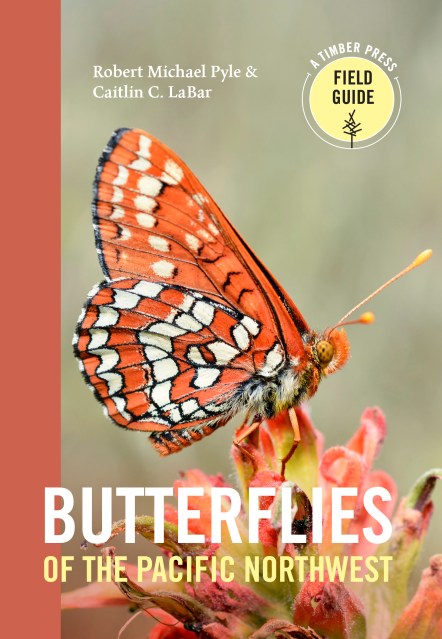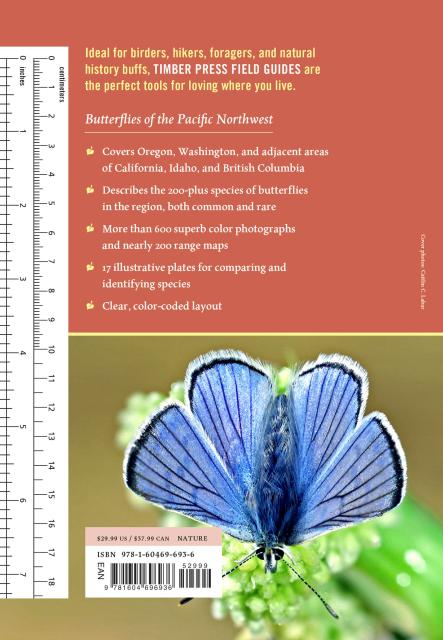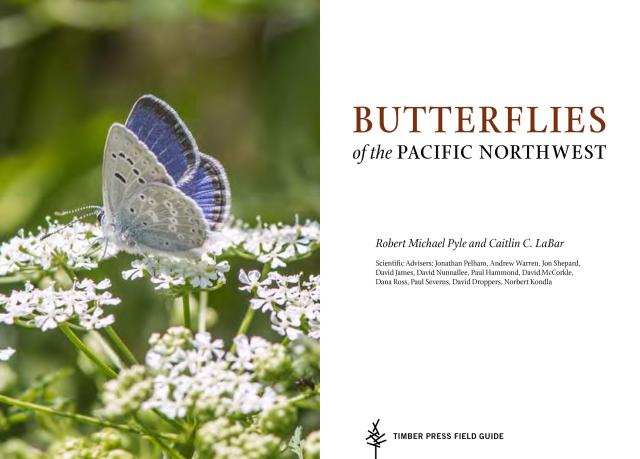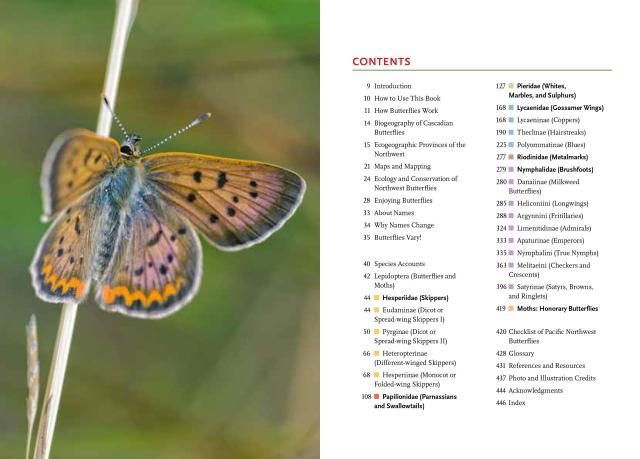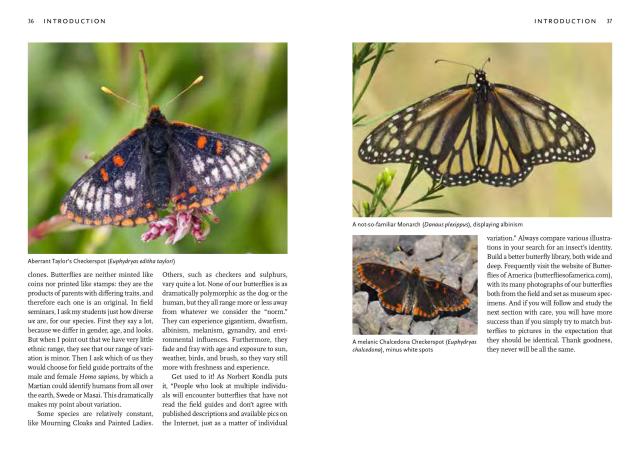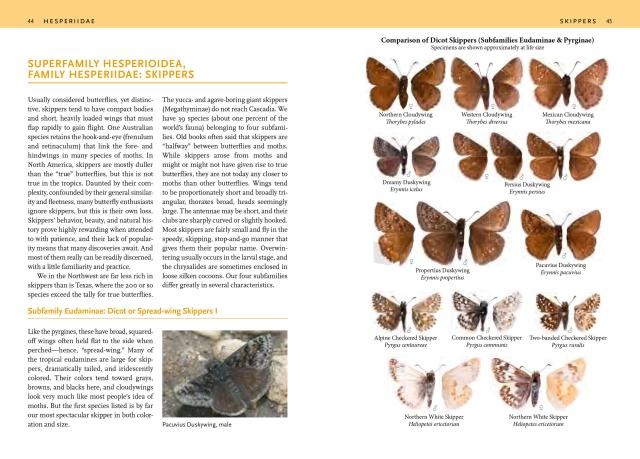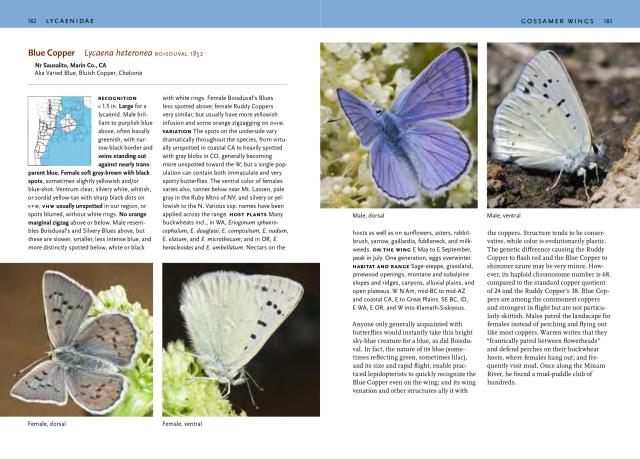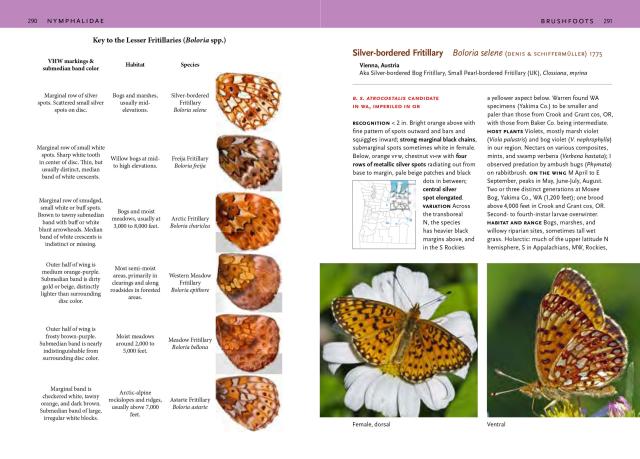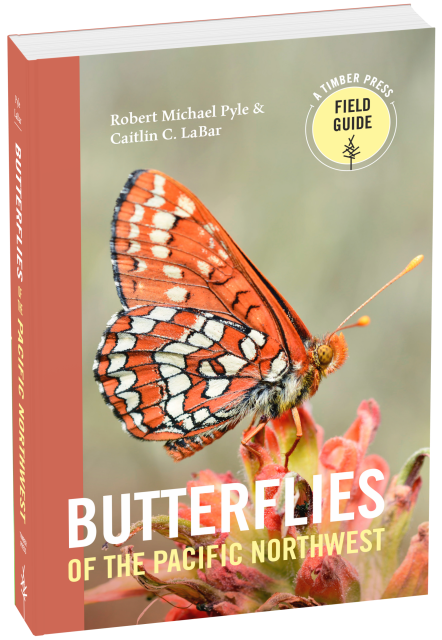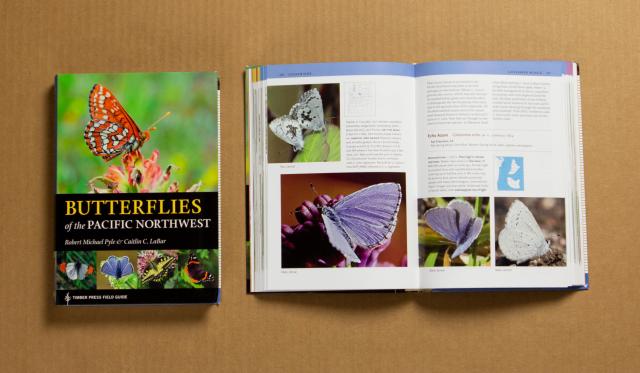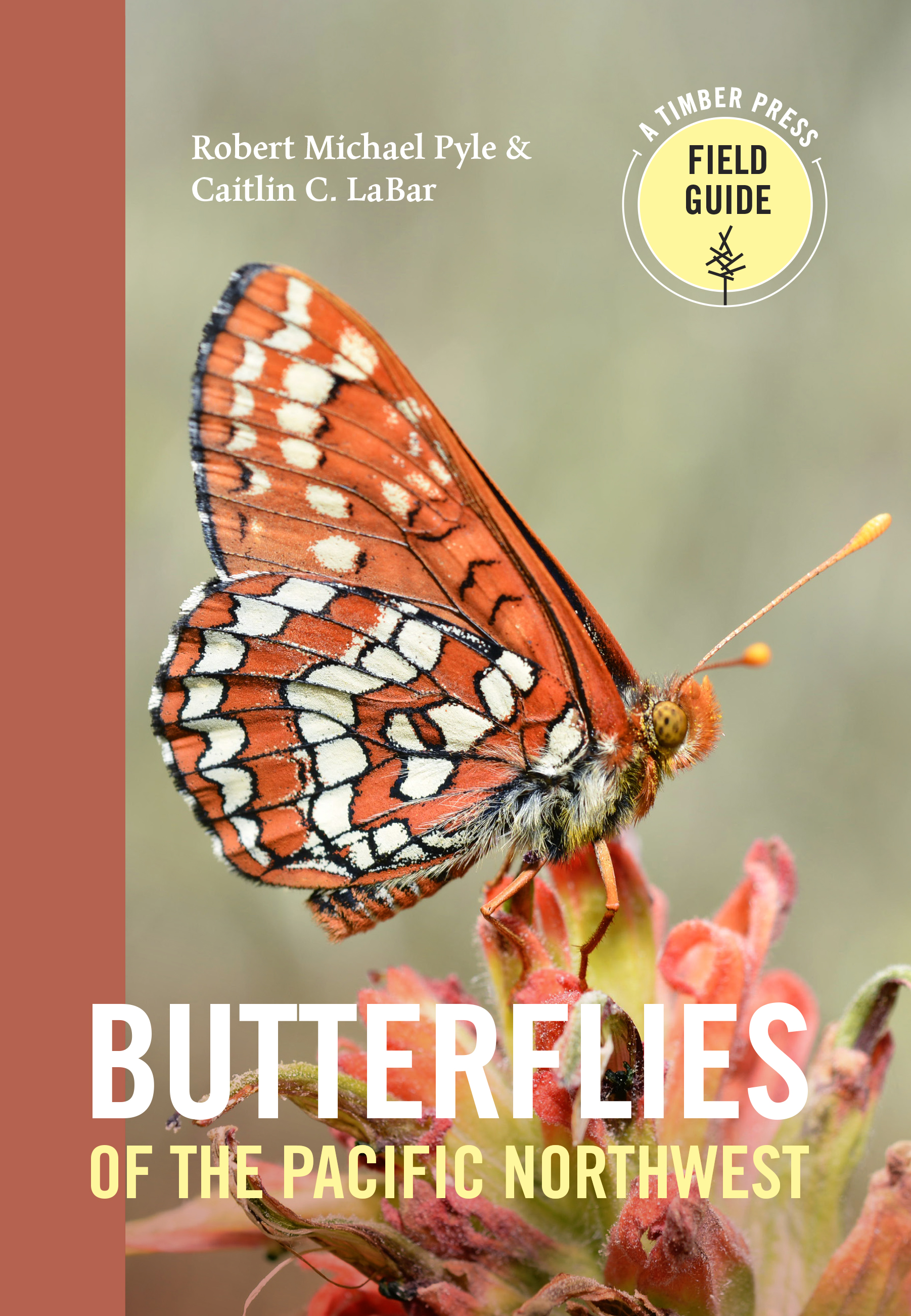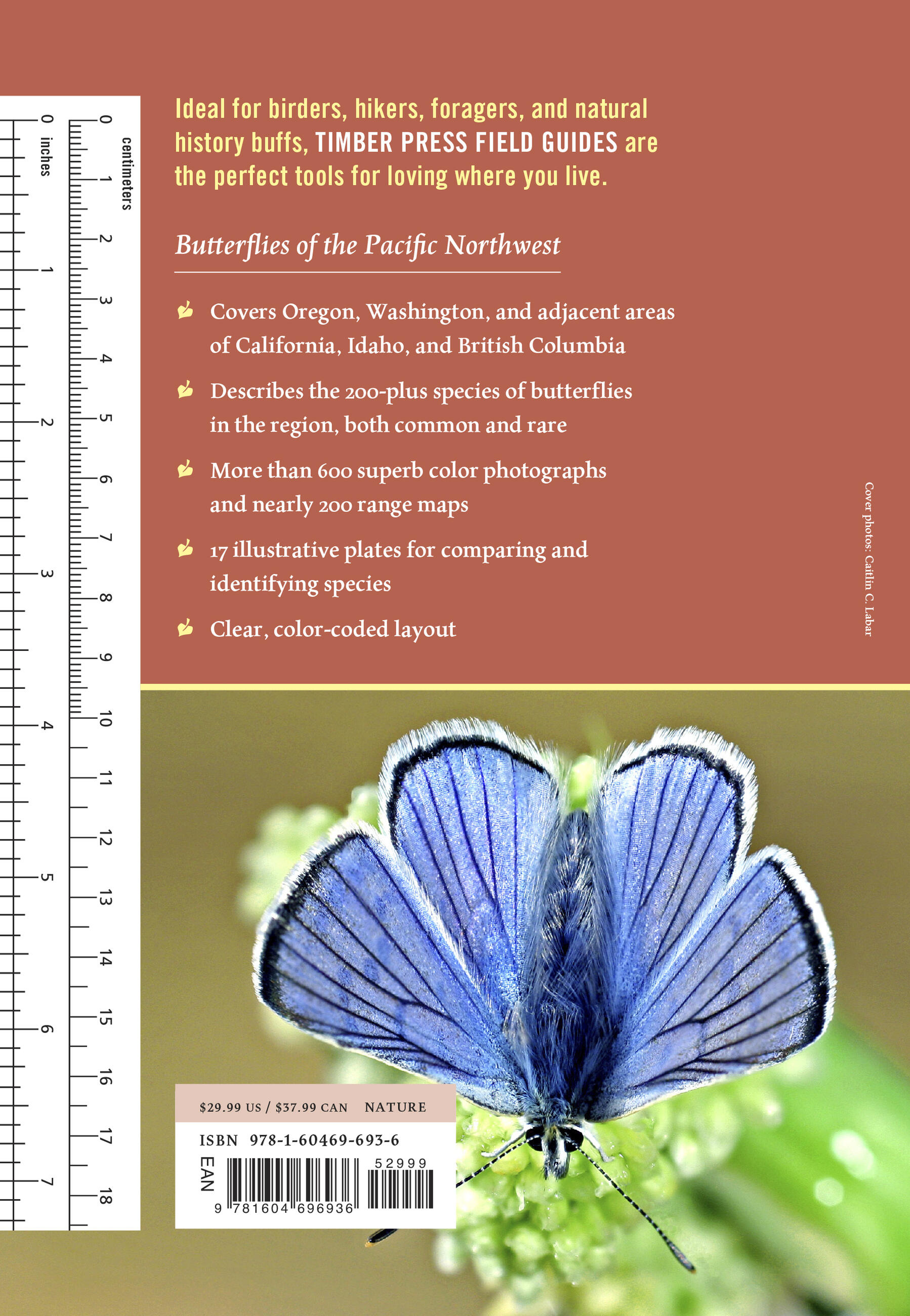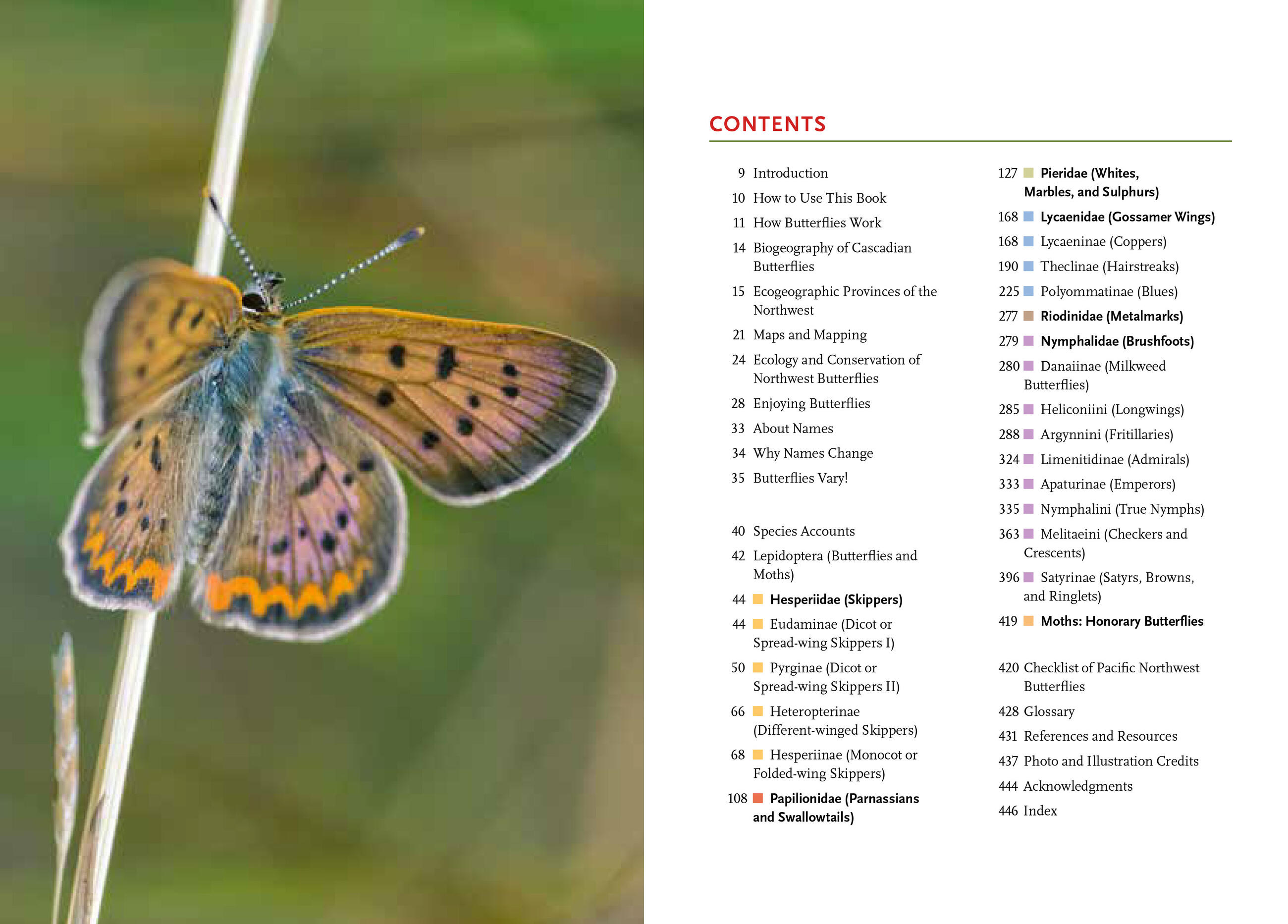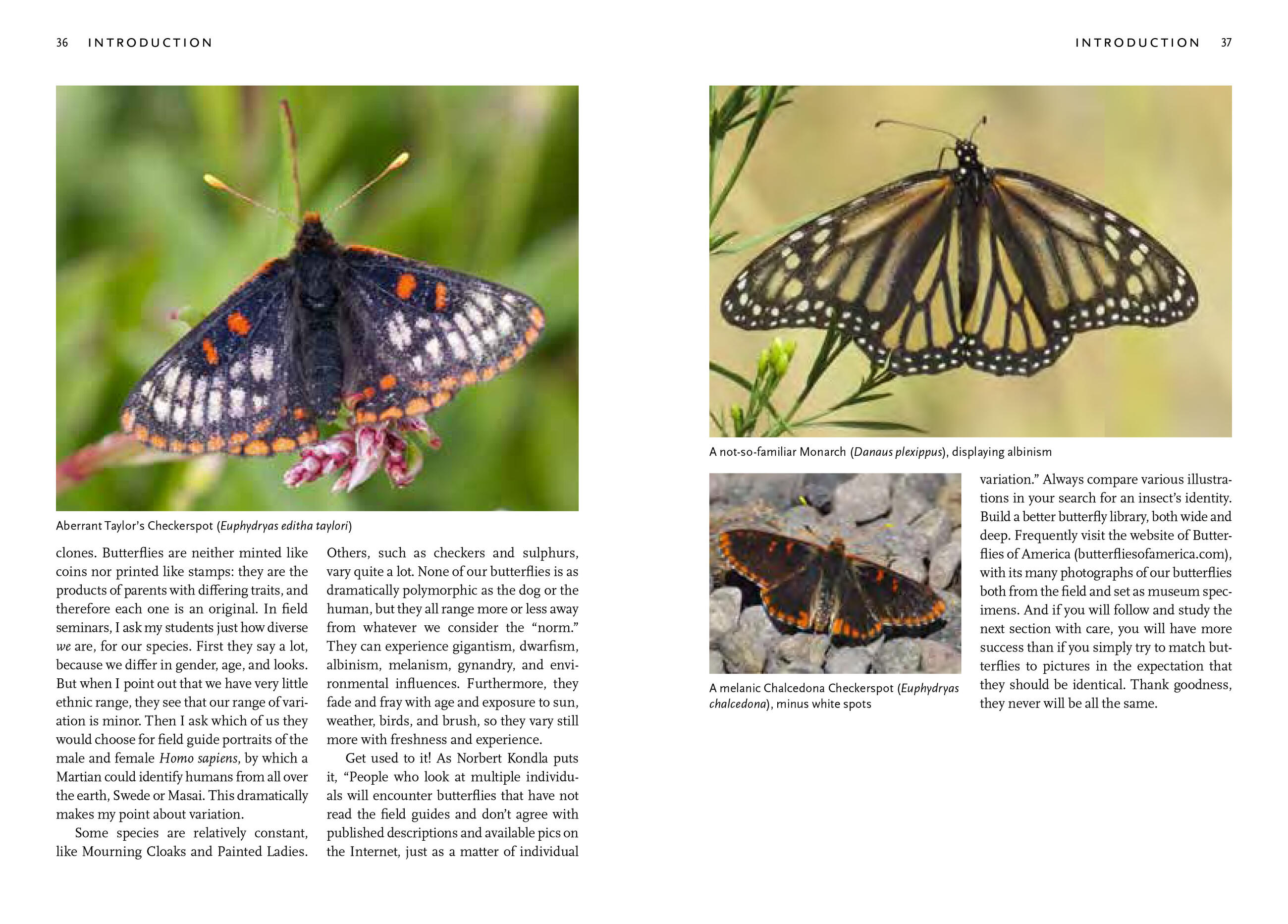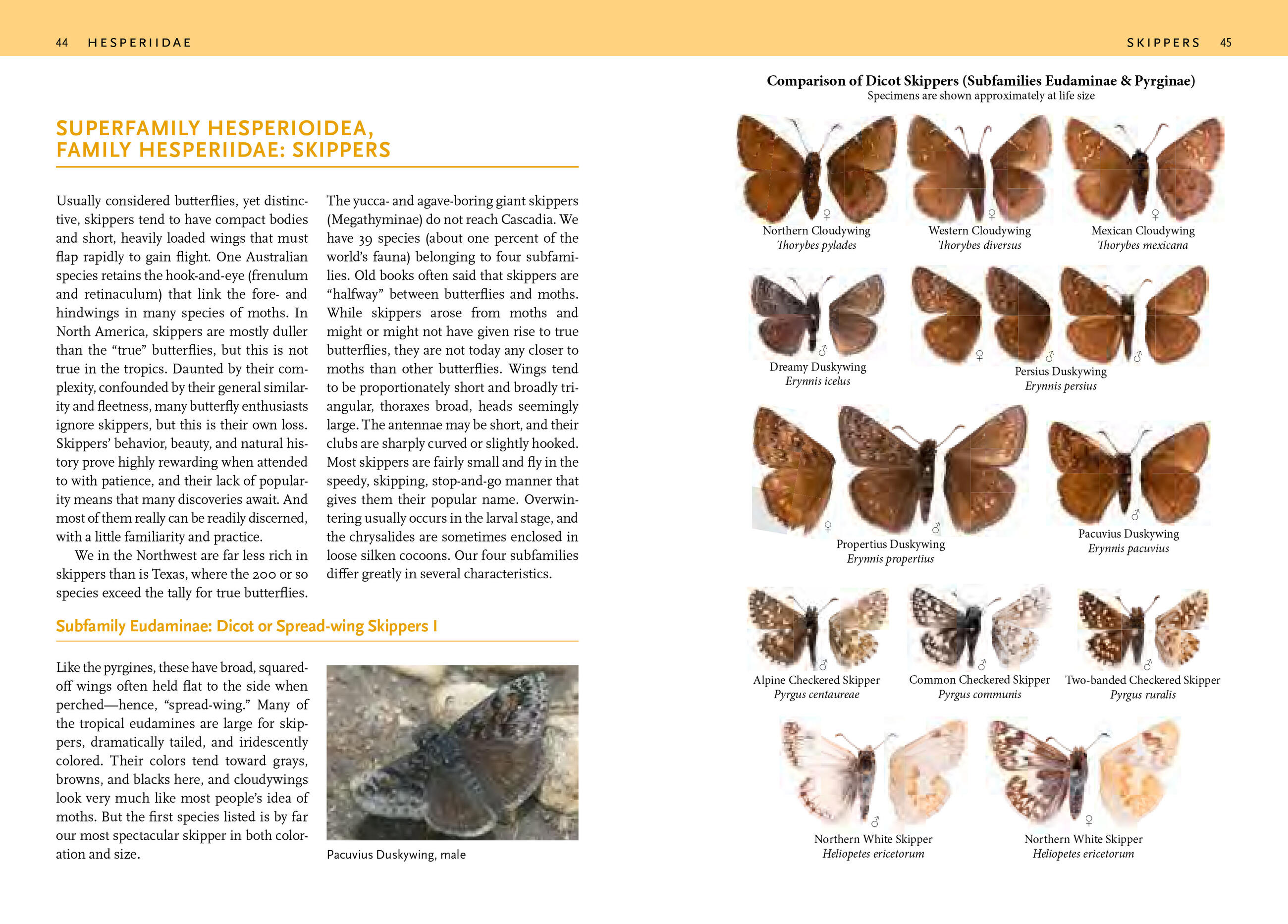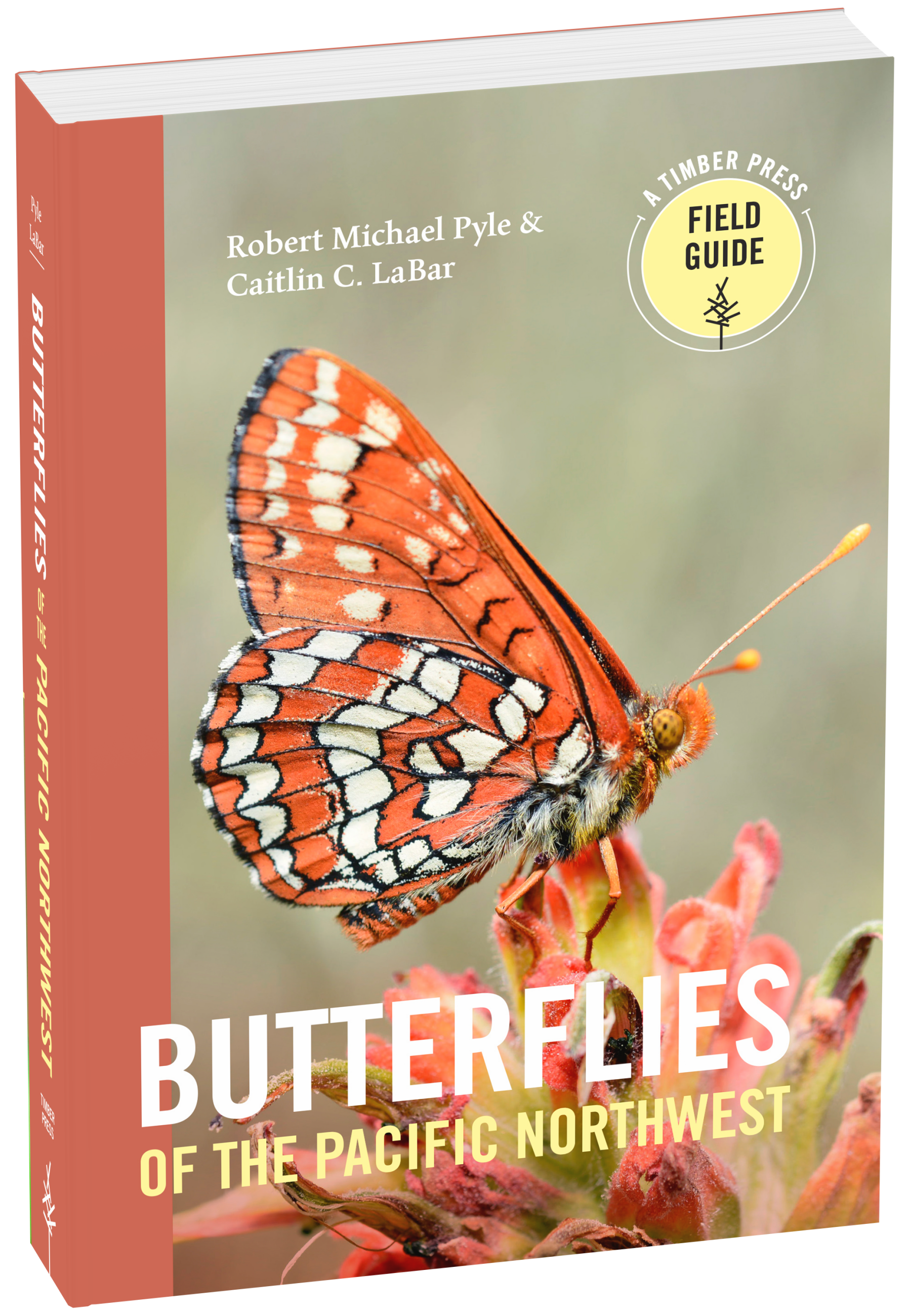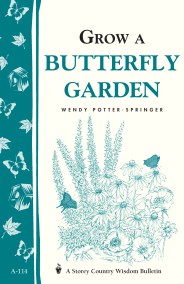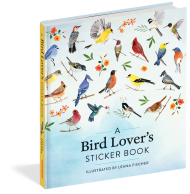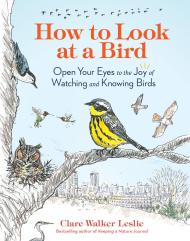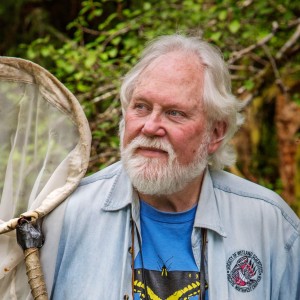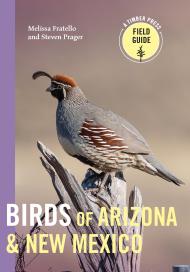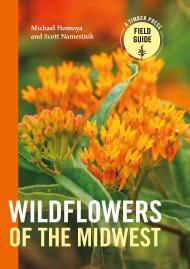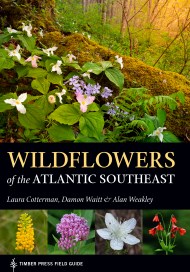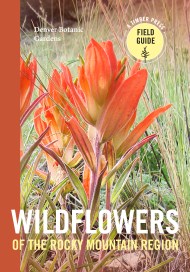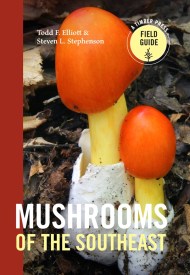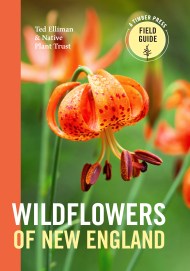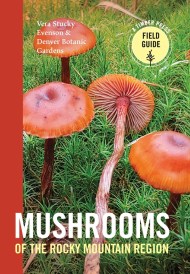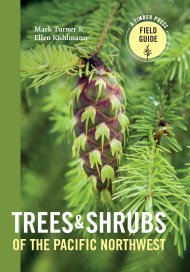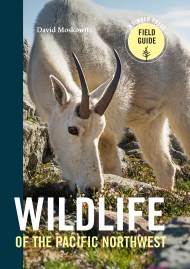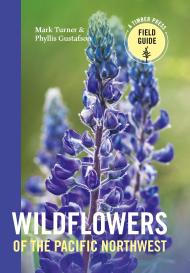Promotion
Use code MOM24 for 20% off site wide + free shipping over $45
Butterflies of the Pacific Northwest
Contributors
By Caitlin C. LaBar
Formats and Prices
Price
$29.99Price
$37.99 CADFormat
Format:
- Trade Paperback $29.99 $37.99 CAD
- ebook $13.99 $17.99 CAD
This item is a preorder. Your payment method will be charged immediately, and the product is expected to ship on or around April 3, 2018. This date is subject to change due to shipping delays beyond our control.
Also available from:
Butterflies of the Pacific Northwest is a comprehensive field guide to the region’s most common and distinctive butterflies. Profiles include preferred common name for both genus and species, conservation status, the look and distinguishing traits of each butterfly, habitat, and range, and much more. Additional information includes a brief introduction to how butterflies work and details on ecology and conservation.
- Covers Washington, Oregon, western Idaho, northern California, and British Columbia
- Describes and illustrates 200 of the most common and distinctive butterflies
- 712 spectacular photographs, 200 range maps, and 17 illustrative plates for comparing and identifying species
- Clear color-coded layout
Genre:
-
“Pyle has done it again, authoring a brand-new butterfly book that's just grand. It's easy to use and beautifully illustrated. . . . Butterflies of the Pacific Northwest is a must-have for nature lovers in this region.” —Source
Weekly
“In this outstanding guide, over 200 different butterflies found in the Pacific Northwest are pictured and described. All the small details which make a topnotch guide are present: hardy paper cover, color-coded layout, range maps, comparison plates, crisp color photography and clear and understandable text. It’s the perfect guide for Northwest butterfly enthusiasts young and old.”—National Outdoor Book Awards
- On Sale
- Apr 3, 2018
- Page Count
- 464 pages
- Publisher
- Timber Press
- ISBN-13
- 9781604696936
Newsletter Signup
By clicking ‘Sign Up,’ I acknowledge that I have read and agree to Hachette Book Group’s Privacy Policy and Terms of Use
